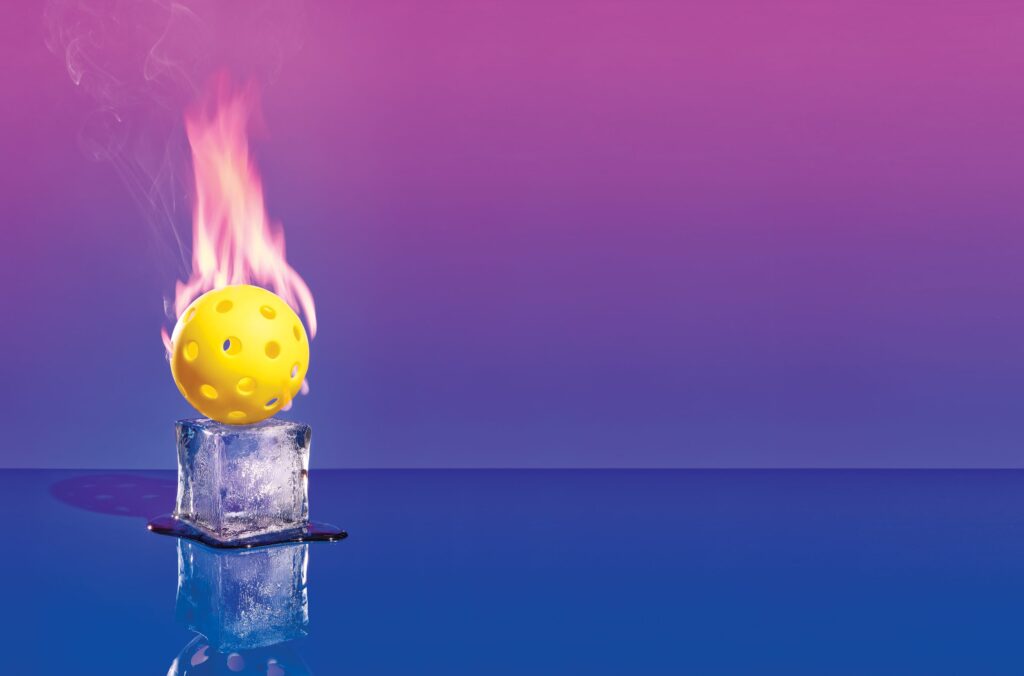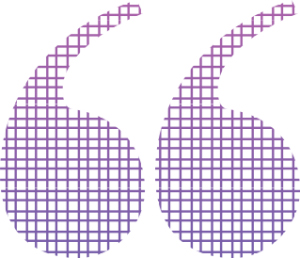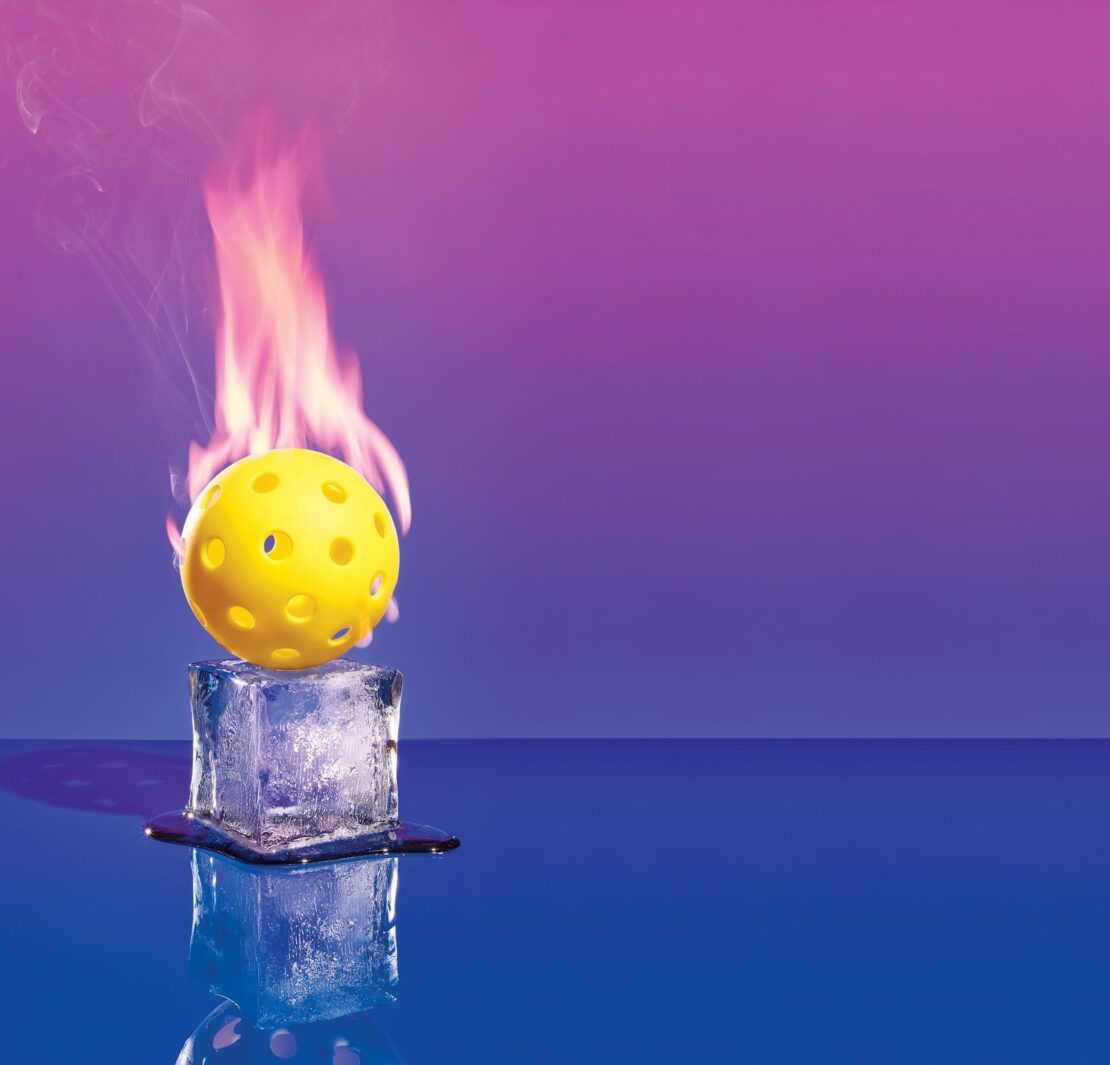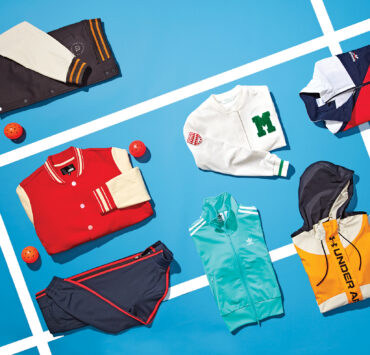AFTER A FEW hours on the court, it’s a good idea to give your muscles, and your entire body, some TLC. There’s a recovery treatment you may want to try: It’s called contrast therapy, or hot and cold immersion. Basically, it involves exposing your body to hot temperatures (via a hot bath or shower or a sauna) followed by an ice-cold plunge or shower, and repeating the process two or three times.
The practice is part of a growing trend among sports and fitness enthusiasts for better postexercise rehab. In fact, wellness centers that offer contrast therapy are popping up across the country. Sports doctors even prescribe it to some patients. Best of all, you can easily do it at home. Read on to find out how it works and tips for trying it yourself.
Alternating between heat and cold has a healing effect. “The idea is that the temperature change and the [water] pressure can have a positive impact on recovery after exercise and potentially be good for your overall health,” says Todd McGrath, M.D., a sports medicine physician at the Hospital for Special Surgery in New York. Heat increases blood flow, which helps move fluid accumulation (a natural response after exercise as your muscles work to repair themselves) through the body, explains osteopathic physician Ryan Greene, D.O., cofounder and medical director at Monarch Athletic Club in West Hollywood, California, who specializes in human performance. This can help the muscle tissue that you worked during exercise or in your pickleball game recover optimally, he adds.

In contrast, cold therapy constricts blood vessels, forcing blood flow and fluid to move to your core, “where it experiences more filtration via circulation through the liver and kidneys,” which helps with healing, says Dr. Greene. You do longer sessions of hot therapy followed by short durations of cold.
Science has found that contrast therapy has benefits for both your mind and your muscles, including:
IMPROVED STRENGTH “Cold exposure increases natural production of growth hormone or insulin growth factor,” which may facilitate more efficient repair of muscles, leading to faster recovery and more rapid strength accumulation over time, Dr. Greene says.
LESS SORENESS AND FATIGUE According to a meta-analysis of research published in the journal Plos One, contrast therapy is effective for helping to reduce muscle aches, as opposed to simply resting after exercise. Although more study needs to be done, experts believe that it works by reducing inflammation and improving blood flow. And a meta-analysis in The Journal of Strength and Conditioning Research found that contrast therapy helped reduce the perception of fatigue in athletes who
play high-level team sports.
A BETTER MOOD Submerging your body in cold water may sound like the opposite of a good time, but surprisingly, it can have an uplifting effect on your mood, says Dr. Greene. After the cold exposure, which, yes, can be unpleasant, your brain naturally boosts the production of dopamine, a neurotransmitter known as “the happiness hormone,” to help you feel better. The cold therapy essentially triggers the pleasure response in your brain, Dr. Greene explains.

CONTRAST THERAPY MAY PROMOTE MORE EFFICIENT MUSLCE REPAIR, LEADING TO FASTER RECOVERY.”
—RYAN GREENE, D.O.
You Can Do Contrast Therapy at Home
IMPROVE YOUR RECOVERY POST-PICKLEBALL WITH A FEW KEY TIPS:
1. Spend eight to 10 minutes in a hot (98° to 110°) shower or bath. Or spend eight to 10 minutes in a traditional sauna at 150° to 175°, or in an infrared sauna at 115° to 130°, says Dr. Greene.
2. Follow that with 90 seconds to two minutes in a cold shower (ideally, you’re aiming for a water temperature between 50° and 60°), or in an ice bath that’s 42° to 53° if you can stand it (and if you can get enough ice for your tub).
3. Continue to alternate between hot and cold, repeating the process two or three times total.



